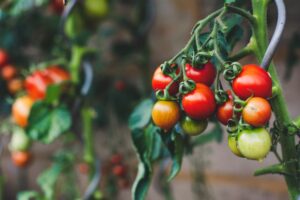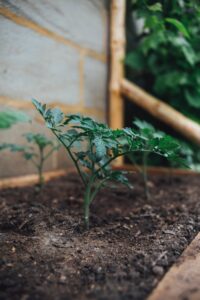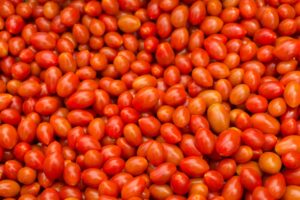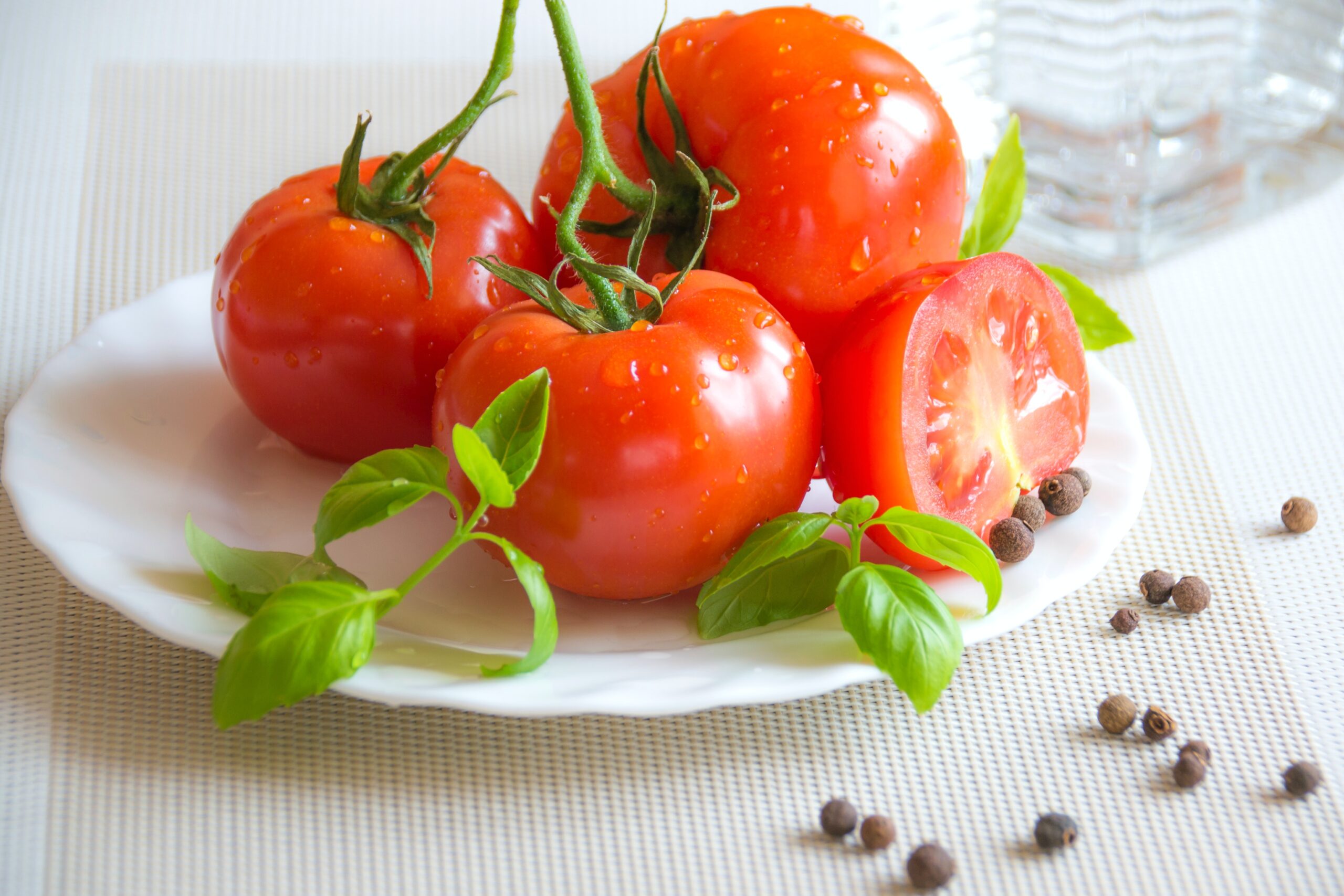Production technology of tomato
Introduction
The tomato (Lycopersicon esculentum) is a nightshade (Solanaceae) family member. It is native to tropical America, where it was given the name tomati by the indigenous people. The tomato was transported from Mexico to Europe and ultimately to Asia. It’s a popular vegetable crop that’s grown in most household gardens and by farmers. Market gardeners and truck farmers are two types of farmers. It’s also made in greenhouses by force. It can be consumed raw or processed into a variety of items. The production technology of tomato is discussed here.
It is essential for sustaining health and vitality. Stumph and Conn Tomatoes, according to (1970), are extremely beneficial in the healing of wounds because the ripe fruit contains antibacterial capabilities. It’s a good source of information A, B, and C vitamins. In this article we will discussed the complete production technology of tomato.
Climate
Tomatoes are a warm-season crop that requires an extended growing season to provide economic yields. Depending on the kind, it takes 80-120 days from seeding to bearing. Fruiting is inhibited by low temperatures that aren’t quite freezing. The immature tomato blooms droop under heat and dryness. As a result of the increased transpiration, the temperature rises quickly.
If the conditions aren’t right, fruit may not set. At pollination, the temperature is either too high or too low. Evenings that are somewhat cool with temps as low as -20°C and daytime temperatures ranging from 25 to 30°C For the best yields, set the temperature at 30°C. When it comes to tomatoes, the majority of them don’t produce fruit. Temperatures are above 25°C at night and 35°C during the day.
Soil
Tomatoes can be grown in a pH range of 5.5 to 7.5 on practically every soil type, from sandy to heavy clay. The optimum soil for an early crop is sandy loam. Loam, clay loam, and silt loam with sufficient nutrients The highest yields come from organic materials.
Manures and fertilizers
Large quantities of easily available plant meals are required by the tomato plant. The use of manures and commercial fertilizers varies depending on where you live and what kind of soil you have. 50 kg of tomatoes are removed from a production of 16,000 kg from the soil, including 16 kg of nitrogen, 16 kg of phosphorus, and 65 kg of potassium. 20-25 t/ha for a decent yield At the time of preparation, a layer of well-rotted FYM should be introduced into the soil. At the time of planting, about 80 kg/ha P and 40 kg/ha K should be applied. Three splits of 100 kg/ha N should be applied.
Read Also: Production technology of green peas
https://mianfarms.com/green-peas-production/
Spacing and seed rate
To get excellent yields and a uniform crop, high-quality, true-ta-type seed should be used. It takes about 500-600 g of seed per hectare. For transplanting the plants, prepare channels 1.0-1.5 m apart. Tomato seedlings are planted on both sides of the trellis. channels at a 60 cm plant-to-plant distance
Time of sowing
When to sow is mostly decided by when the seedlings will be transplanted to the field. Plants are frequently started several weeks ahead of time in carefully prepared nursery seedbeds. The following are the periods for seeding, raising a nursery, and transplanting seedlings to the field on the plains:
Time of seeding for nursery
- Seed planted in July/August
- Planting of seed in September
- Seed planted in November
Time of transplanting
- August/September
- October
- February/March
Seed is planted for establishing nursery in March-April on the high hills, where tomato is grown as a summer crop, and seedlings are usually transplanted in May-June.
Irrigation
Tomatoes’ water requirements are determined by the soil and weather conditions in the location. Irrigation may be required as frequently as every 5-6 days on sandy soils and every 10-12 days on heavier soils during the summer. Weekly watering should be supplied when the temperature is extremely high. Fortnightly watering is required during cold seasons to ensure fruit set as well as maturation Drought for a while, then a burst of heavy watering during the development of the fruit, it is possible that the fruit will crack. The tomato plant is in full bloom due to the risk of ‘wet feet,’ manufacturing spaces should be thoroughly drained.
Harvesting
Every three days, the fruit can be plucked. Fruit should be harvested when it has just begun to turn color. The maturity level at which tomatoes are collected is determined by the purpose for which they are being used grown, as well as the distance they must be delivered. Immature Some of the colors are green, mature green, half-ripe or pink, and ripe recognized stages.
Yield
The yield ranges from 20,000 to 24,000 kg per hectare. It is the complete production technology of tomato.
